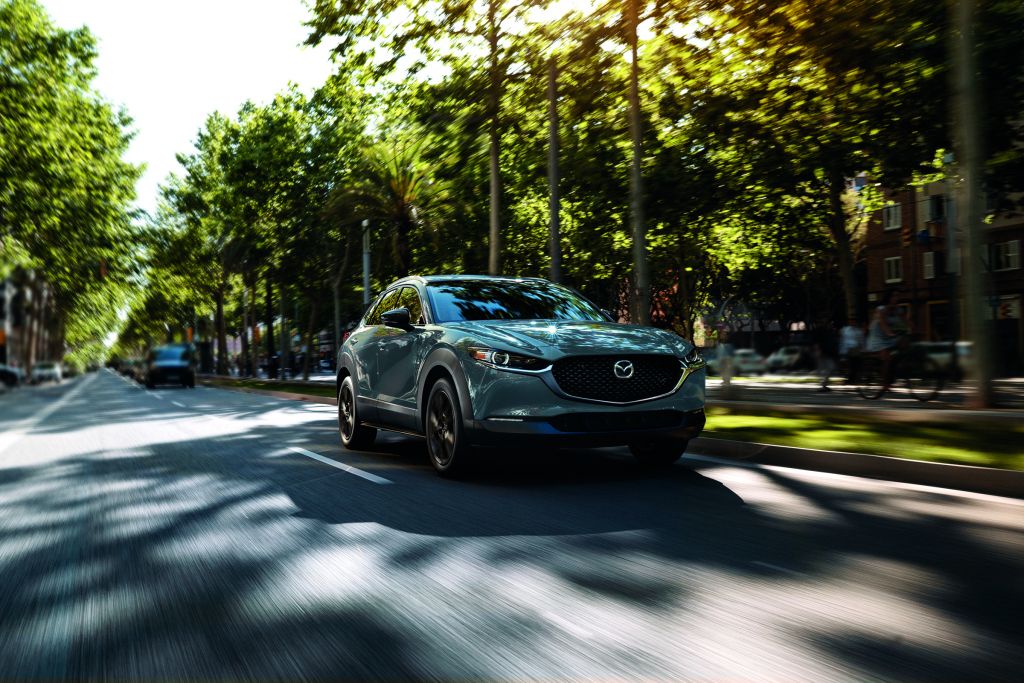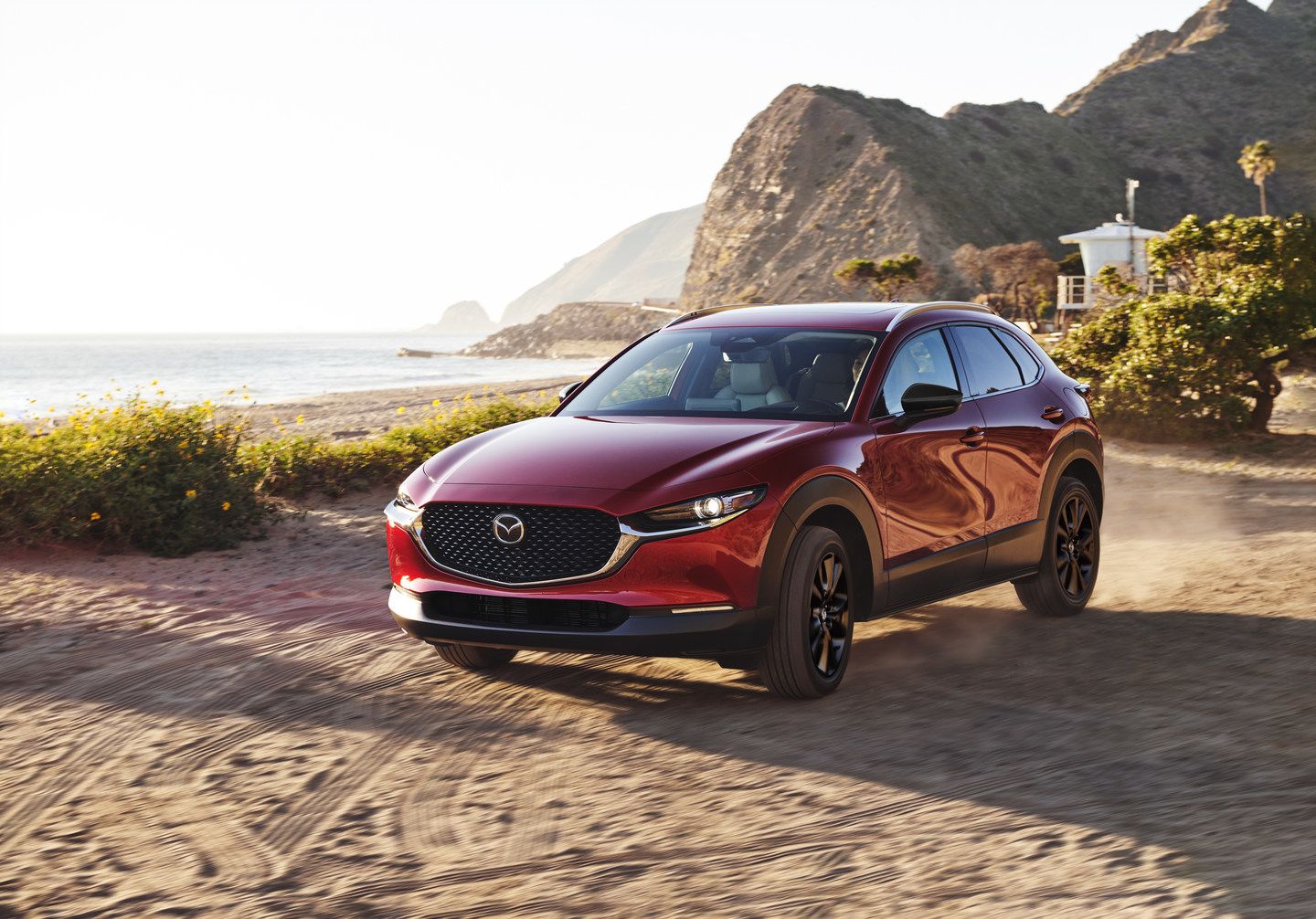The Invisible Hand: How Mazda's G-Vectoring Control Makes You a Smoother, Better Driver
August 08 2025,

You've probably felt it without knowing what it was. That moment when your Mazda takes a corner just a little smoother than you expected. When merging onto the 401 feels more controlled. When navigating the curves around Scarborough Bluffs requires less steering correction than usual.
That subtle assistance comes from G-Vectoring Control Plus (GVC Plus), a technology that works behind the scenes to make every driver more confident and every passenger more comfortable. Here's how this invisible system transforms your daily driving experience.
How G-Vectoring Control Works
GVC Plus monitors your steering input continuously while driving. When you begin turning the steering wheel, the system makes tiny reductions to engine torque – we're talking milliseconds and minimal power changes that you won't consciously notice.
This small torque reduction shifts weight forward and increases pressure on the front tires, improving their grip and making the car respond more precisely to your steering input. As you straighten the wheel, the system restores full power.
The process happens automatically with every turn, from gentle lane changes to sharper corner navigation around Scarborough's residential streets.
Technology in Action: Real Driving Scenarios
Highway On-Ramps: When merging from Lawrence Avenue onto Highway 401, GVC Plus helps the car track more accurately through the curved ramp. You'll notice less need to make small steering corrections, and passengers experience less side-to-side movement.
Urban Navigation: Turning from Kingston Road onto a side street becomes smoother as the system helps the front wheels maintain better contact with the pavement. The car feels more planted and predictable through the turn.
Winter Driving: On slippery surfaces, GVC Plus becomes even more valuable. The weight transfer helps maintain front tire grip when road conditions are challenging, giving you better steering control when you need it most.
The Science Behind Better Handling
Traditional stability systems only activate when they detect a problem – when wheels slip or the car begins to slide. GVC Plus takes a preventive approach by optimizing handling characteristics before problems develop.
Key technical elements:
- Monitors steering angle and speed continuously
- Adjusts engine torque within 50 milliseconds of steering input
- Works at all speeds, from parking lots to highway cruising
- Operates seamlessly with other safety and traction systems
Why You Feel the Difference
The human body is sensitive to g-forces and lateral movement. Even small improvements in vehicle stability translate to noticeable comfort benefits for passengers, especially during longer drives.
Reduced motion sickness occurs because GVC Plus minimizes sudden weight shifts that can upset passengers' inner ear balance. The smoother cornering reduces the side-to-side forces that make rear seat passengers uncomfortable.
Driver fatigue decreases because you make fewer unconscious steering corrections. Your hands and arms work less to keep the car on your intended path, particularly during extended highway driving.
System Integration Across Mazda Models
GVC Plus comes standard on all 2025 Mazda vehicles, from the Mazda3 to the CX-90. The system calibration varies by vehicle weight and suspension setup, but the core technology remains consistent.
The system works alongside other Mazda technologies:
- i-Activ AWD (when equipped) for enhanced traction
- Dynamic Stability Control for emergency situations
- Anti-lock braking systems for optimal stopping power
Comparing to Traditional Systems
Many vehicles use electronic stability control only as a safety net – intervening when the car begins to lose control. GVC Plus operates continuously to prevent control issues from developing.
Traditional approach: React to problems after they occur GVC Plus approach: Optimize handling continuously to prevent problems
This proactive philosophy aligns with Mazda's focus on making the car an extension of the driver rather than replacing driver skill with electronic intervention.
Conclusion
G-Vectoring Control Plus works so naturally that most drivers don't realize it's there. The technology simply makes your car respond the way you intuitively expect it to, reducing the small corrections and adjustments that accumulate into driver fatigue.
Experience how G-Vectoring Control Plus can enhance your daily driving by scheduling a test drive at Scarboro Mazda today.







